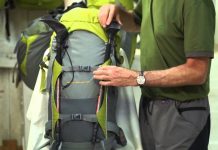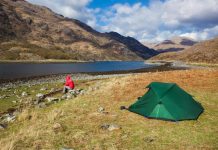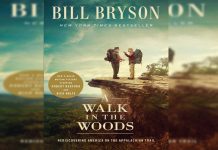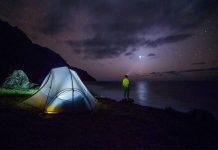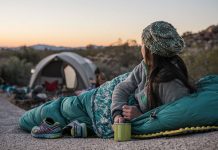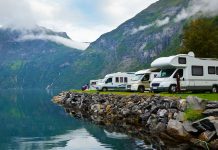Sometimes it gets obvious to forget something when you are busy packing all the necessities for your upcoming camping trip. You may forget flashlight or band aids so before you leave your house make sure you double check your luggage for some important items. To help you with the hassle of making a list, listed below are 10 things you must not forget and why;
1. First Aid Kit
Whatever it may be, burns, scratches, bumps; something is bound to happen when you are on a camping trip. Hence, it is very important for you to make your own first aid kit for travelling. Make sure to carry it with you on every camping trip. Keep whatever medicines you find would be necessary. However, don’t just put whatever inside it. Keep the box in the front pocket so that it is easily accessible.
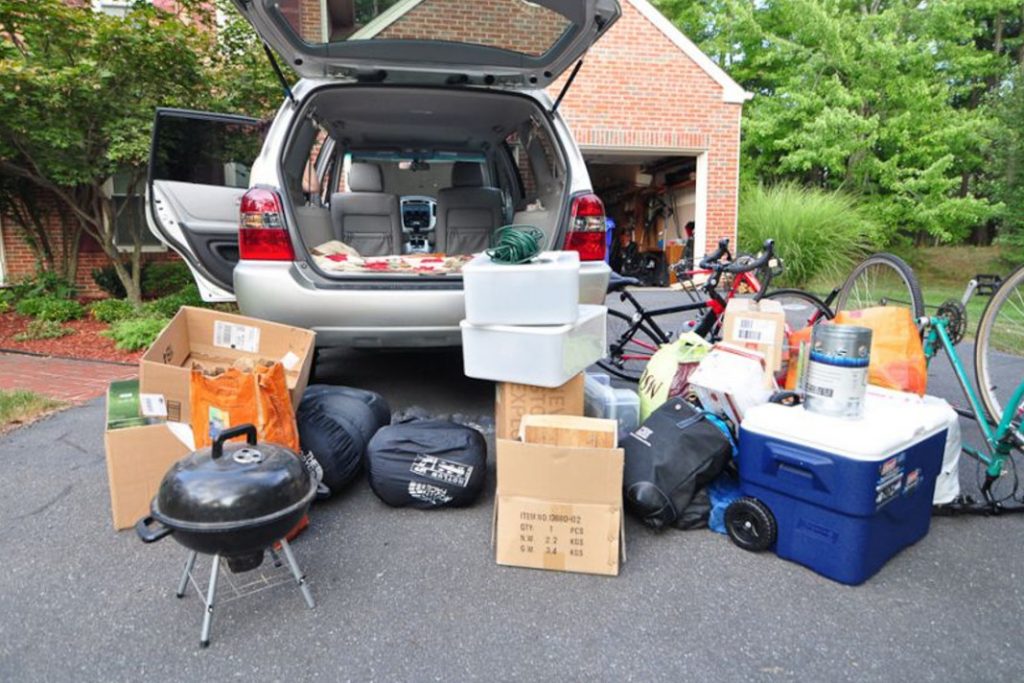
2. Matches
Whether you agree or not, but a pack of matches is something very essential for a camping trip. Well, especially if you are not a scout and have no idea how to start fire. Don’t risk your trip and just carry a pack of matches with you on a trip. Make sure you keep the pack away from anything which has moisture as they might not work if kept together.
3.Rope
A rope has tons of uses especially on a camping trip. There are many knots you can learn to tie and they might be helpful in every situation. You can make a clothing line for drying your clothes or you can use it for creating your shelter, you can also use it to tie away your fold on a higher branch of tree so that animals don’t steal it. It can be useful on a hike or while swimming. You can write a book on how many uses a rope has on a camping trip.
4. Tarps
You can use it for many purposes. You can use it to protect the bottom of your tent or use it as an extra shelter at your camping area. They are important and easy to carry around. They take a lot less space and can be easily folded.
5. Maps and compass
No one can disagree to this fact that maps an compass are the most essential items for a camping trip. You may have GPS on your phone but in some places you might not find network to connect. It’s best to carry a map and compass with you especially if you are travelling to a new place.
6. Pocket knife
Just like a rope, a pocket knife has lots of uses. You can use it for self defense and it also has more tools in a compact size. You can have different tools packed in one if you carry a Swiss army knife.
7. Flashlights & headlamps
You are already aware of how much important light is especially when you are going to have some midnight snack! Make sure you carry a flashlight with you, it is one of the most essential things you must have on a camping trip.
8. Food
You already know how much important it is to carry food with you on a camping trip.
9. Sleeping bag
You might just plan on sleeping within the tent but a sleeping bag might just aid in relaxing the tiredness away when you sleep at night on the trip.
10. Water
Don’t take anything with you but take water! You might not be able to find water on some camping sites.

